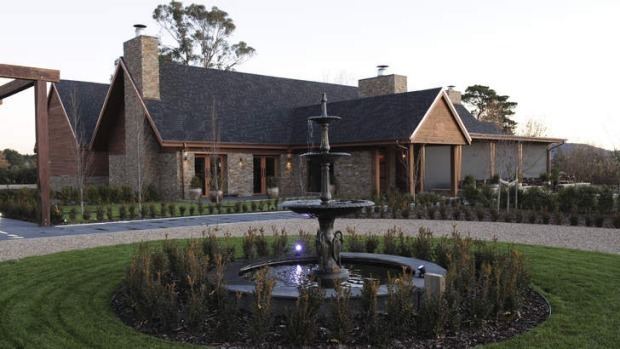Population 249 (2011 census) Postcode(s) 2609 Area 4.87 km² Postal code 2609 | Established 1928 Founded 1928 Gazetted 20 September 1928 | |
 | ||
Pialligo (postcode: 2609) is a rural suburb of Canberra, Australian Capital Territory, Australia. The name Pialligo has been used for the area since at least 1820, and is probably of Aboriginal origin. It was also the name for the parish in the area. Streets in Pialligo are named with Aboriginal words.
Contents
Map of Pialligo ACT 2609, Australia
Beltana Road in Pialligo is home to many of Canberra's nurseries. Canberra Airport is located adjacent to Pialligo across Pialligo Avenue.
Geology
Quaternary alluvium covers the main western part of Pialligo. Calcareous shales from the Canberra Formation are deep underneath. The Woolshed Creek runs into the north end of Pialligo. This is a significant place, because in the bed of the creek the Rev W B Clarke first recognised Silurian fossils. These fossils were brachiopods, mostly Atrypa duntroonensis. He discovered them around 1844 century and it was the first time that Silurian rocks were identified in Australia, and at the time were the oldest known rocks in Australia. This mudstone is from the Canberra Formation.
Living history
Aside from the city's design, arguably Walter Burley Griffin's longest-living legacy in Canberra is the forest of Redwood trees (both Sequoia sempervirens and Sequoiadendron giganteum) that was planted in 1918 by Walter Burley Griffin and arborist Thomas Charles Weston on Pialligo Avenue.
